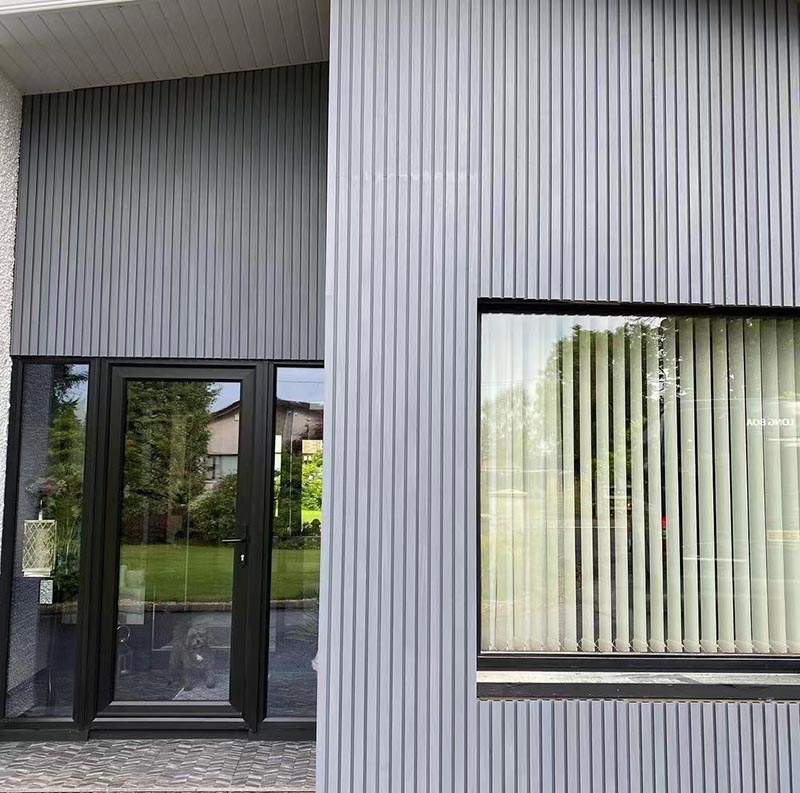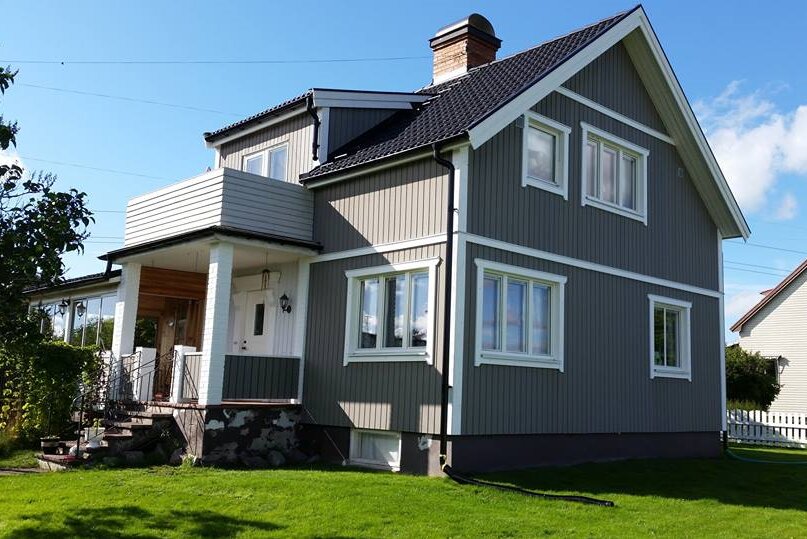In the world of home improvement, exterior wall cladding has emerged as a popular choice for homeowners seeking both aesthetic appeal and practical benefits. If you’re considering upgrading your home’s exterior, this guide will walk you through the various types of wall cladding materials and their distinct advantages and disadvantages to empower your decision-making process.
Table of Contents
What is Exterior Wall Cladding?
Exterior wall cladding functions as a protective shield, protecting your home from weather-related damage and providing an additional insulation layer. Traditionally crafted from materials like wood, brick, stone, and tile, modern advancements introduce a range of options, including metal, vinyl, wood-plastic composites (WPC), and glass. These diverse cladding materials open up a world of design possibilities while ensuring your home remains resilient against the elements.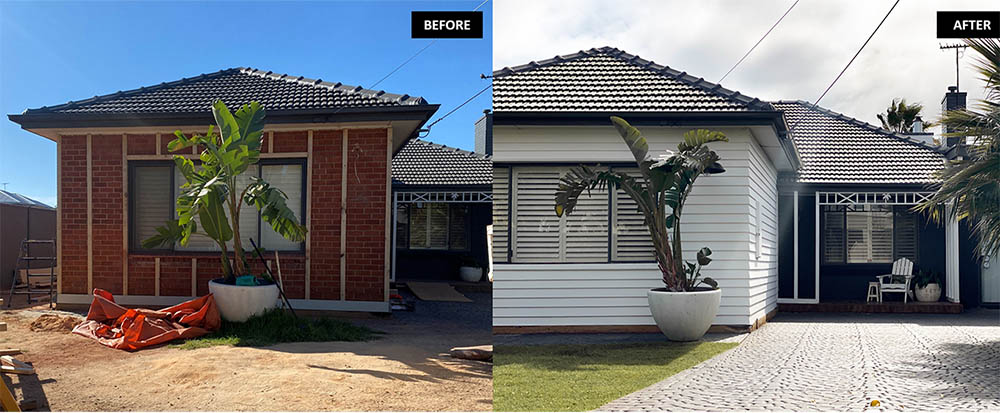
What Are the Benefits of Exterior Wall Cladding?
Exterior wall cladding has lots of good things for homeowners, and many folks choose it just because they like how it looks. Let’s check out the main pluses of wall cladding: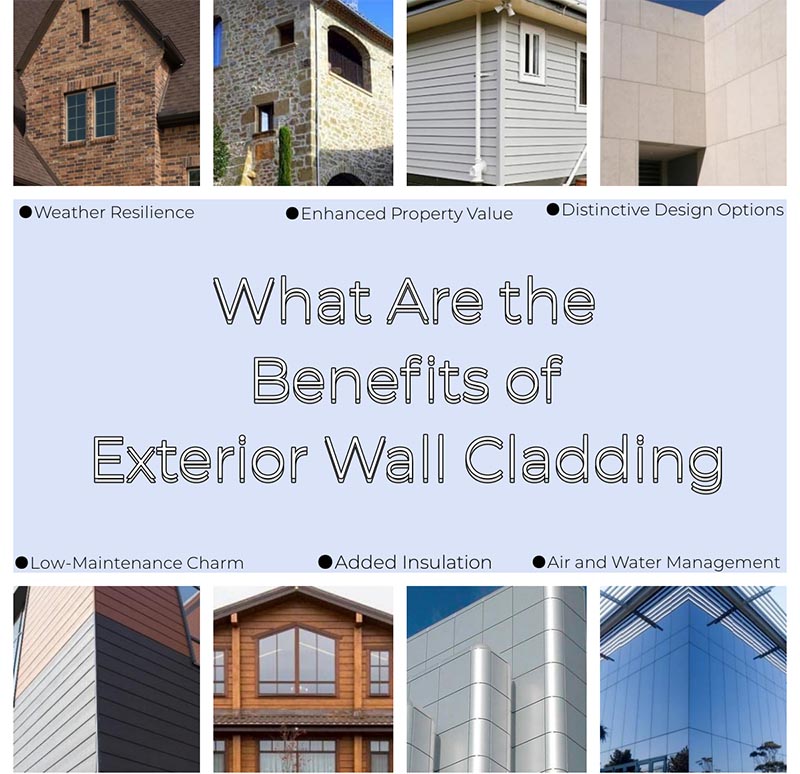
1. Weather Resilience
Most wall cladding functions as a robust shield, safeguarding your home against harsh weather elements like hail, wind, and heavy rains.
2. Distinctive Design Options
Unlike conventional paint, wall cladding gives homeowners plenty of design choices, allowing you to express creativity through various textures, colors, and materials. Stand out in your neighborhood with unique designs.
3. Enhanced Property Value
Homes with appealing exteriors are perceived as more valuable in the housing market. The aesthetic allure of wall cladding adds value, making it an attractive option for potential buyers.
4. Low-Maintenance Charm
Unlike regular paint that may peel over time, most wall cladding is easy to maintain, keeping your home looking good with minimal effort.
5. Effective Air and Water Management
Certain cladding materials excel in air circulation and water resistance, contributing to a comfortable and durable home environment.
6. Added Insulation
Specific wall cladding materials can diminish the intensity of sunlight, providing a cooler ambiance, especially in the summer months.
7. Conceals Flaws and Stains
In the event of stubborn stains on your walls, wall cladding serves as a practical solution, effectively covering imperfections.
8. Noise Reduction
Some wall cladding materials contribute to reducing noise levels within your home, creating a quieter and more comfortable living space.
9. Eco-Friendly and Sustainable
Opting for cladding materials made from eco-friendly substances aligns with sustainable living practices, minimizing your environmental impact.
How Many Types of Wall Cladding Exterior Materials?
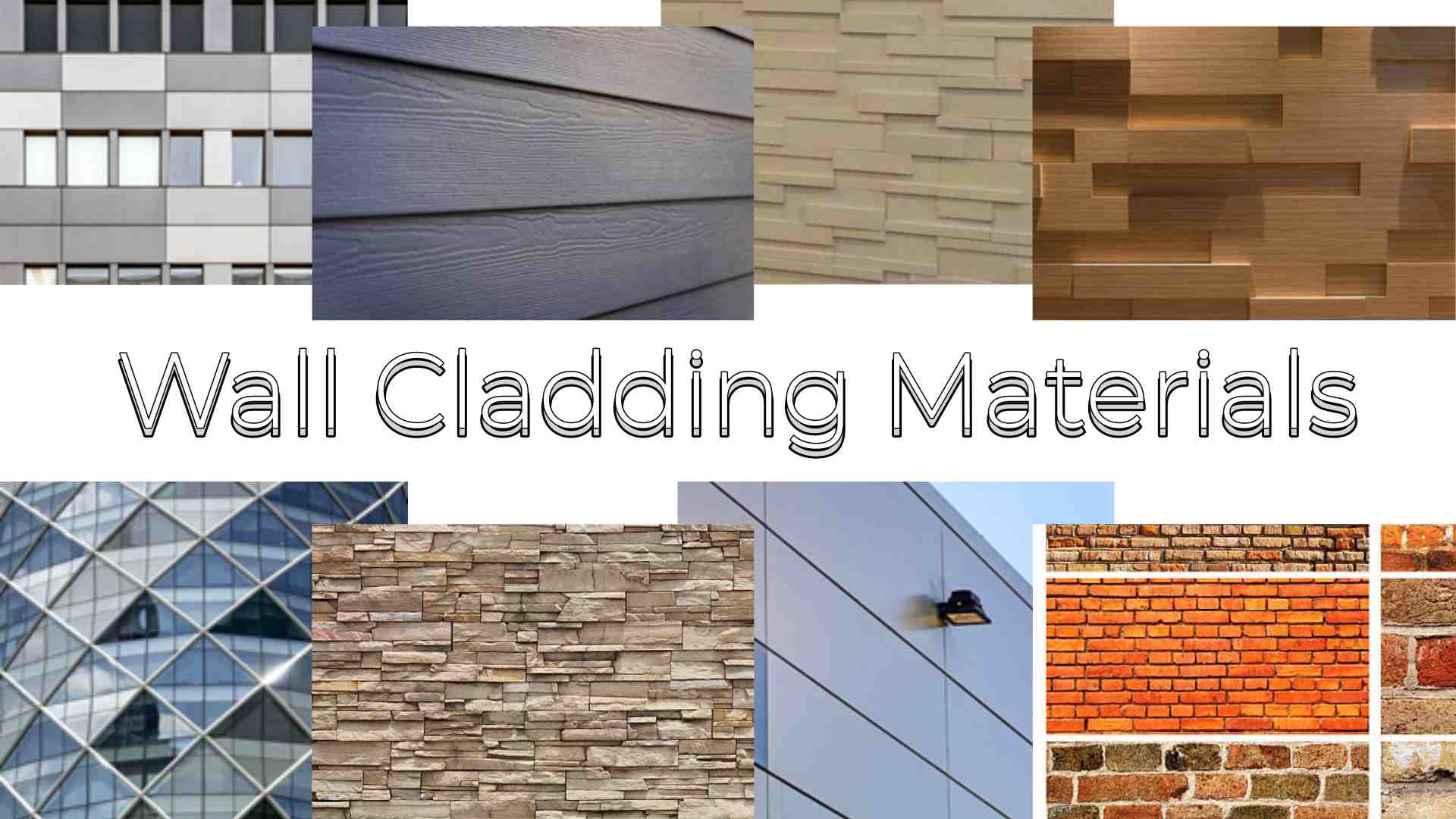
Wall cladding can be made out of just about anything. How many types do yo know? Here is each type of material in detail.
1. Brick -Retro Style
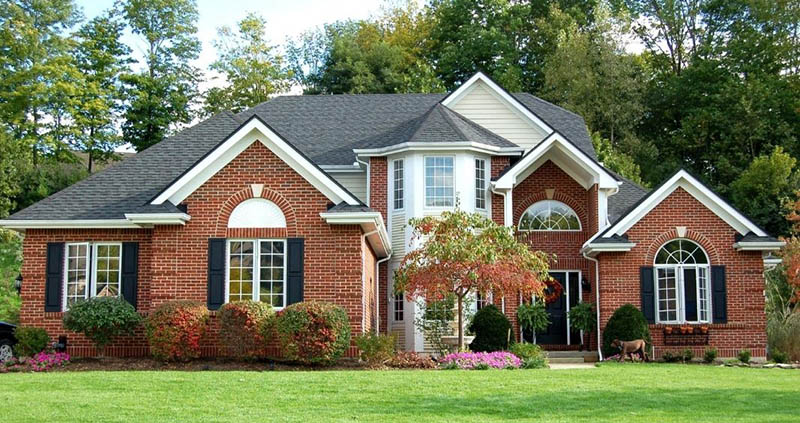
Pros: Stable performance, low maintenance, fire-resistant.
Cons: Environmental impact, potential fading.
Brick cladding for exterior walls, once popular, serves not only as a decorative element but also as a protective shield due to its acid and alkali resistance. While stable and low-maintenance, environmental concerns from clay mining and firing pollution have led to a decline.
2. Stone – Primitivism
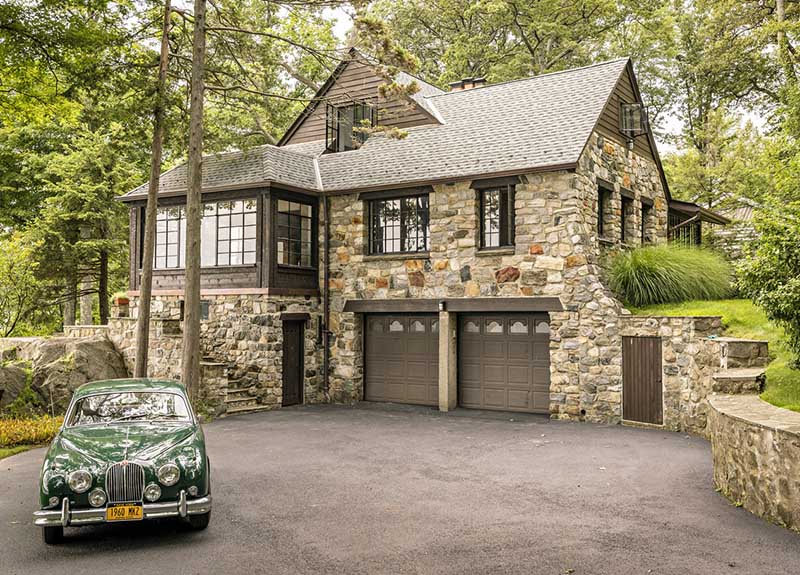
Pros: Durable, moisture-resistant, fade-resistant, easy to clean, fire-resistant.
Cons: Expensive, heavy.
Stone is a relatively expensive option. There are two main types of stone: natural and man-made stones, both come in different colors and shapes to create a primitive atmosphere. For cladding, granite, sandstone, and slate seem to be the most popular in homes today. Though expensive, it’s a very durable material that can last forever when properly maintained. Cleaning stone cladding is simple—just use some warm water mixed with a bit of white vinegar and softly wipe it down with a sponge. Dish soap also works great.
3. Wood – Natural Style
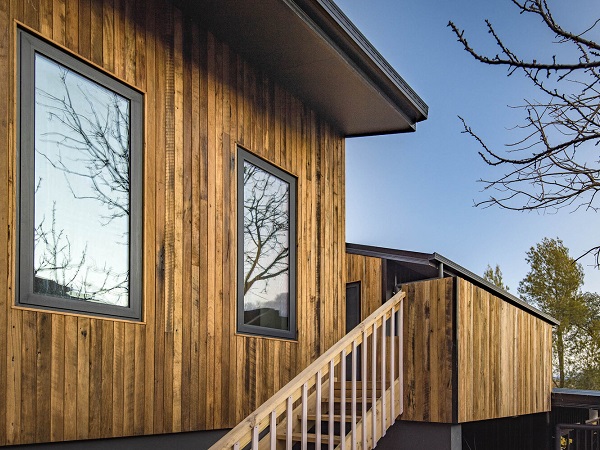
Pros: Natural feeling, versatile designs, great insulator.
Cons: Regular maintenance, high upkeep, susceptibility to rot.
Wood cladding (or timber wall cladding) is a very popular choice for external wall cladding which adds a sense of nature and warmth to the building. Wood is timeless and can be crafted into many different forms or patterns. Wood cladding can really level up any room they go into. And you can paint any color you like to it.
4. Vinyl/PVC – Fashionable
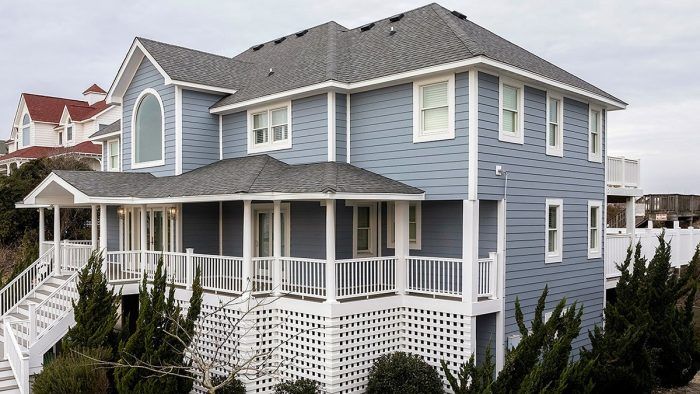
Pros: Affordable, low maintenance, moisture-proof, many color options.
Cons: Not eco-friendly, plastic feel, poor thermal stability.
Vinyl is a great option for exterior cladding because PVC exterior wall cladding panels are waterproof and can withstand extreme weather conditions. As plastic cladding for outside walls, it also doesn’t require much maintenance, just an occasional wash with soap and water. Plus its lightweight makes it ideal for quick and easy installation.
5. Wood Plastic Composite (WPC)
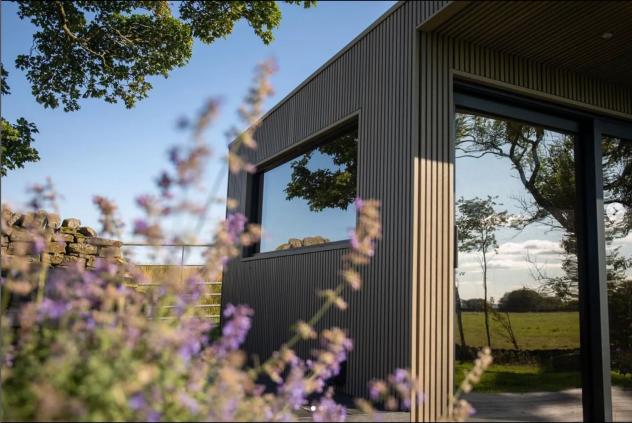
Pros: Durable, eco-friendly, natural feeling, low maintenance.
Cons: Limited thermal expansion, heavy.
Many homeowners prefer WPC wall cladding over vinyl cladding which has dominated the market in recent years. Vinyl cladding is cheaper and easier to install, but it doesn’t have the natural beauty of wood. WPC wall cladding is made of wood and plastic that look like real wood. It gives your home a warm, rustic feel that vinyl can’t replicate.
Wood plastic composite wall cladding is highly durable and is not affected by rainfall, wind or hot summer conditions. In fact, using WPC is environmentally friendly as it takes advantage of the durability of plastic while reducing the amount of plastic landfills. Compared to natural wood, WPC cladding outperforms as it has a long life span and extremely low maintenance.
6. Tile – Simple Style
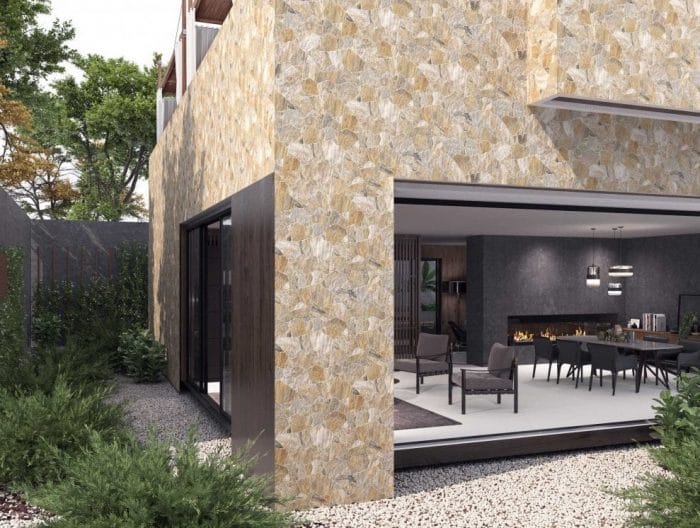
Pros: Easy installation, protection against weather.
Cons: Prone to peeling, difficult to remove.
Cladding tiles, often ceramic or vitrified, offer durability and a neat, uniform appearance. Easy to install but may peel off and be challenging to remove.
7. Metal – Industrial Style
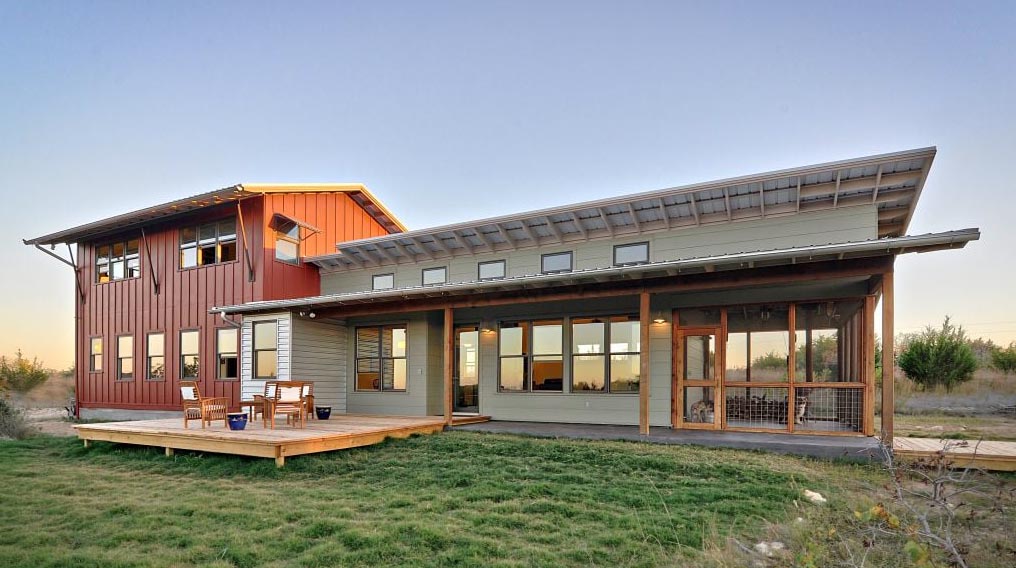
Pros: Weather-proof, no water absorption, easy to build, eco-friendly.
Cons: Corrosion (especially in areas with tropical climates).
Metal cladding increases the building’s sense of modernity and technology. Metal cladding doesn’t absorb water and can stand up to the harshest of conditions. It’s also an eco-friendly, green material option because it uses recycled content or is recyclable itself. Metal wall panels are a great choice for exterior cladding if you want both high durability and modern style. The most common metal cladding materials are steel and aluminium, among them steel is the most cost-effective metal cladding in terms of cost and has a long life expectancy.
8. Glass – Minimalist
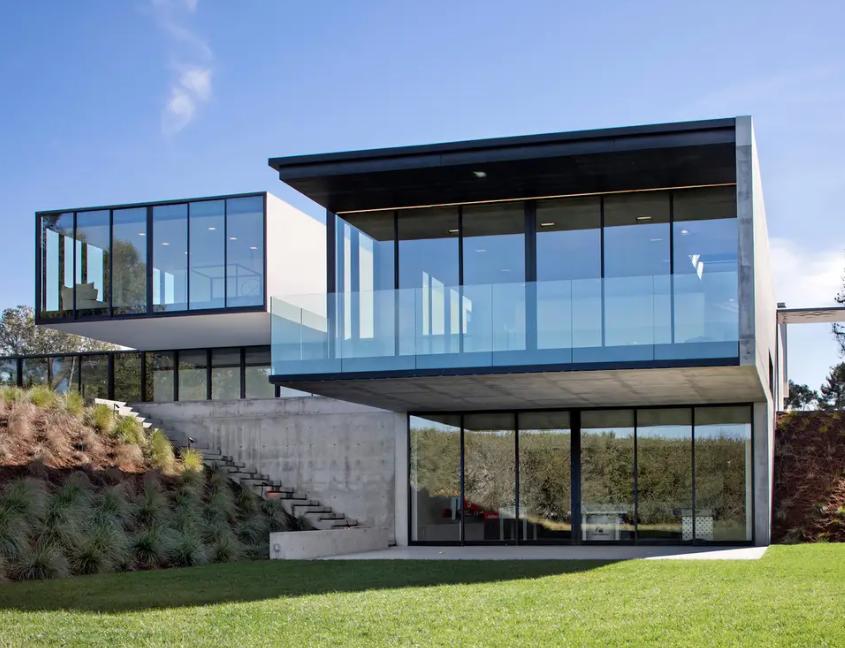
Pros: Modern, minimalist appeal.
Cons: Considerations for heat insulation and sun protection.
Some modern designs even use glass cladding for an artistic, minimalist appeal. Using glass wall for exterior wall decoration can increase the sense of transparency and modernity of the building, but need to consider the heat insulation and sun protection and other issues.
Which Wall Cladding Should You Choose?
Now that we have thoroughly explored the various benefits and options associated with wall cladding, have you been able to pinpoint the ideal wall cladding material that aligns with your preferences and requirements? Whether your priority is a hassle-free, low-maintenance solution or you’re aiming to impress your guests with a visually striking choice, rest assured that there is undoubtedly a wall cladding option perfectly suited to fulfill your specific needs and aspirations.
Should you have any inquiries or concerns about external wall cladding or WPC wall cladding, please feel free to reach out to us for assistance. Simply click the “Online” button located in the bottom right corner, and we will promptly attend to your needs. Your satisfaction and understanding are our top priorities, and we are here to provide you with the support and information you require.
